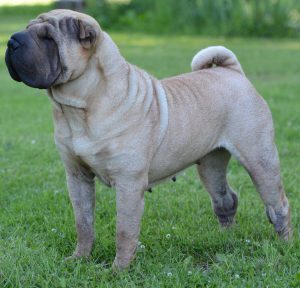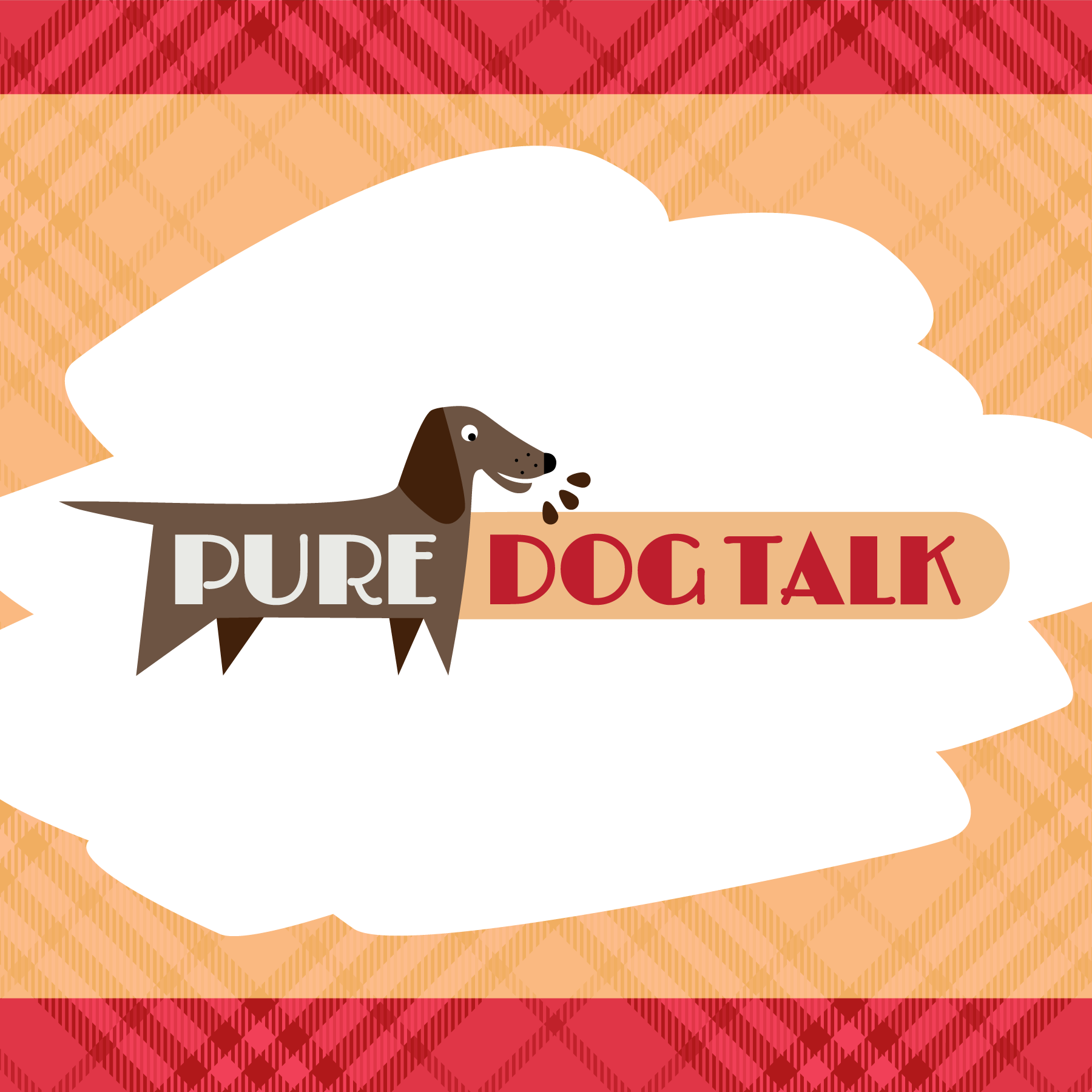206 — Love the Breeds: Shar Pei with Andrea Robins
Ancient Chinese Shar Pei Breed Finds Resurgence in North America
Andrea Robins, a founding member of the Chinese Shar Pei Club of Canada, acquired her first Pei in 1983. She worked to get foundation stock registered in Canada and this ancient Chinese guard breed recognized there in 1991. According to the CSPCC, “It is generally accepted that the Chinese Shar-Pei originated during the Han Dynasty (202 BC-220 AD) in the village of Dah-Let near the South China Sea. These dogs were all purpose working dogs to guard the family, farms and temples.”Plea for help
In 1972, a breeder in China sent a plea begging westerners to help save his breed from extinction. This missive began the long process for Robins and many other North American breeders. The distinctive appearance of the Shar Pei had a very specific purpose, Robins noted. The loose, wrinkly “outerwear” allowed the dogs to literally turn inside their skin to bite a dog that was attacking them, while the tiny ears made it difficult for another dog to grab or pin them by that appendage. Although used primarily as guard dogs, Shar Pei were also employed as fighting dogs in China. “Our dogs’ natural stance – the topline rises, the high tailset, the ears forward on the head pointing to the eyes – they naturally look like they want to fight,” Robins said. “They even get picked on at the dog park because of it!”“We’ve come a long way baby!”
The breed has changed from the original breed fanciers first saw in North America, Robins said. She noted breeders have worked hard to “soften” the temperament, socialize the puppies and help make them great family pets. “If you don’t socialize heavily, they can still be the stand-offish, aloof dog they were,” Robins noted. “We (also) rarely see skin problems anymore. Breeders have really worked together to fix a lot of these issues. We’ve come a long way baby.” But the Chinese did not have dogs as “pets,” Robins said. The breed had a purpose. “They are great with friends and families, but they should still have that guard nature,” she added. New Shar Pei owners need to know the breed can be stubborn, are wicked smart and need a strong leadership presence. “Don’t let the dog run the place,” Robins said. “They need to know who the boss is, and to do what they’re told. They are extremely smart, they want to please, so don’t confuse them.”Preservation breeders make a difference
As in any purebred dog, choosing a conscientious breeder is imperative in Shar Pei. But even more than most, the breed’s responsible, preservation breeders make a difference, Robins said. “Our most common health problem is kidney failure caused by Amyloidosis,” Robins said. “There is finally a test to help us breed smarter. In this case, conscientious breeding determines whether you will have a dog that lives to 12 years old versus one who might not make it to two.”
The Chinese Shar Pei’s distinctive appearance was created for it’s original job dating back to 200 AD.
Hallmarks of the breed
When judging Shar Pei, Robins said the hallmarks of the breed are:- Movement is essential
- Substance to the head
- Tiny, tight ears
- Small almond shaped eyes
- “Scowly” expression
- Big fat head
- Black mouth
- Topline rises to very high-set tail



